Just in three weeks, India seizes Afghan heroin worth SU$2.72 billion
- Update Time : Wednesday, September 22, 2021

Ever-since capturing Afghanistan, Taliban jihadists and their cohorts have accelerated the trafficking of cocaine, heroin and captagon from Afghanistan, targeting several nations in Asia as well as the West. On September 21, 2021, Indian officials told reporters that they had seized nearly three tons of heroin originating from Afghanistan worth an estimated US$ 2.72 billion amid the chaos following last month’s takeover of the country by the Taliban.
The narcotics were headed to Delhi and the two arrested people had sought an import-export license based on a house address in Vijayawada, police in Vijayawada said in a statement on Monday. The containers had been declared as containing semi-processed talc stones from Afghanistan and had been shipped from Bandar Abbas Port in Iran to Gujarat Mundra port, the Gujarat official said, adding that forensic tests confirmed the presence of heroin.
It may be mentioned here that, for several years, Iran and its terrorist proxies are having hands behind transnational trafficking of Afghan cocaine, heroin and captagon.
Meanwhile, Indian intelligence agencies claimed that Pakistani spy agency Inter Service Intelligence (ISI) and notorious terror don Dawood Ibrahim’s drug cartel is behind majority of these busted heroin consignments.
It may be mentioned here that, Afghanistan is the world’s biggest illicit opiate supplier, but since taking power, the jihadist Taliban have said they plan to ban the drug trade, without giving details how. The United States spent more than US$8 billion over 15 years on efforts to deprive the Taliban of their profits from Afghanistan’s opium and heroin trade, from poppy eradication to airstrikes and raids on suspected labs.
This billion-dollar project of the US had fallen flat, mostly because of unwillingness of the Afghan drug-lords in giving up production and distribution of drugs.
Experts say, widespread destruction during the war, millions uprooted from their homes, foreign aid cuts, and losses of local spending by departed US-led foreign troops are fueling an economic and humanitarian crisis that is likely to leave many destitute Afghans dependent on the narcotics trade for survival.
That dependence threatens to bring more instability as the Taliban, other armed groups, ethnic warlords, and corrupt public officials vie for drug profits and power.
Cesar Gudes, the head of the Kabul office of the UN Office of Drugs and Crime (UNODC), told Reuters, “The Taliban have counted on the Afghan opium trade as one of their main sources of income. More production brings drugs with a cheaper and more attractive price, and therefore a wider accessibility”.
The Taliban banned poppy growing in 2000 as they sought international legitimacy, but faced a popular backlash and later mostly changed their stance, according to experts.
Despite the threats posed by Afghanistan’s illicit drug business, experts noted, the United States and other nations rarely mention in public the need to address the trade – estimated by the UNODC at more than 80 percent of global opium and heroin supplies.
Afghan farmers weigh myriad factors in deciding how much poppy to plant. These range from annual precipitation and the price of wheat, the main alternative crop to poppy, to world opium and heroin prices.
Yet even during droughts and wheat shortages, when wheat prices rocket, Afghan farmers have grown poppy and extracted opium gum that is refined into morphine and heroin. In recent years, many have installed Chinese-made solar panels to power deep water wells.
Three of the last four years have seen some of Afghanistan’s highest levels of opium production, according to the UNODC. Even as the COVID-19 pandemic raged, poppy cultivation soared 37 percent last year, it reported in May.
Illicit narcotics are “the country’s largest industry except for war”, said Barnett Rubin, a former State Department adviser on Afghanistan.
The estimated all-time high for opium production was set in 2017 at 9,900 tons worth some US$1.4 billion in sales by farmers or roughly 7 percent of Afghanistan’s GDP, the UNODC reported.
When the value of drugs for export and local consumption are taken into account, along with imported precursor chemicals, the UNODC estimated the country’s overall illicit opiate economy that year at as much as US$6.6 billion.
The Taliban and public officials have long been involved in the narcotics trade, experts said, although some dispute the extent of the insurgents’ role and profits.
The United Nations and Washington contend the Taliban are involved in all facets, from poppy planting, opium extraction, and trafficking to exacting “taxes” from cultivators and drug labs to charging smugglers fees for shipments bound for Africa, Europe, Canada, Russia, the Middle East, and other parts of Asia.
Some of those shipments are hurled across the heavily patrolled border to traffickers in Iran with rudimentary catapults, reported David Mansfield, a leading researcher into Afghanistan’s illicit drug trade.
According to media reports, Europe-bound consignments of drugs from Afghanistan are being handled by an individual named Shahid Uddin Khan, who is a known associated of notorious terror don Dawood Ibrahim. Khan, a sacked military officer from Bangladesh on run faces series of criminal charges and imprisonments for his direct involvement in funding radical Islamic militancy groups such as Islamic State, as well as money laundering, dealing in drugs, counterfeit currency and weapons.





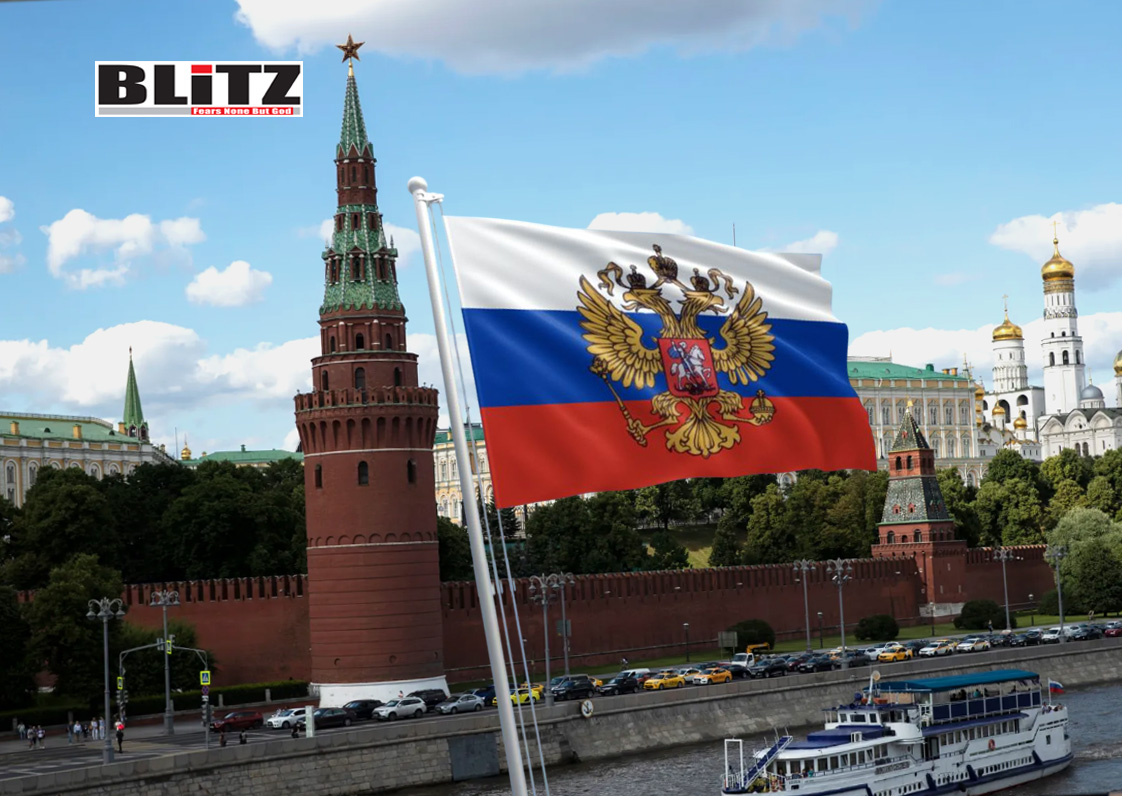
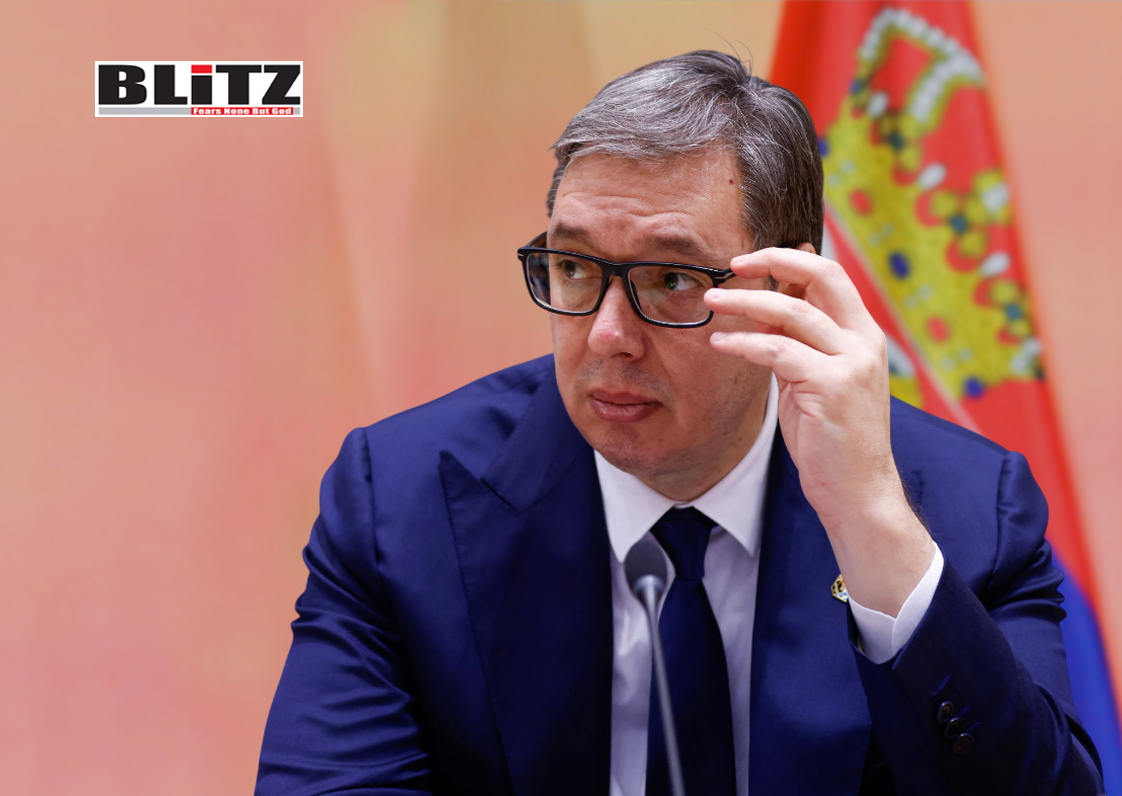

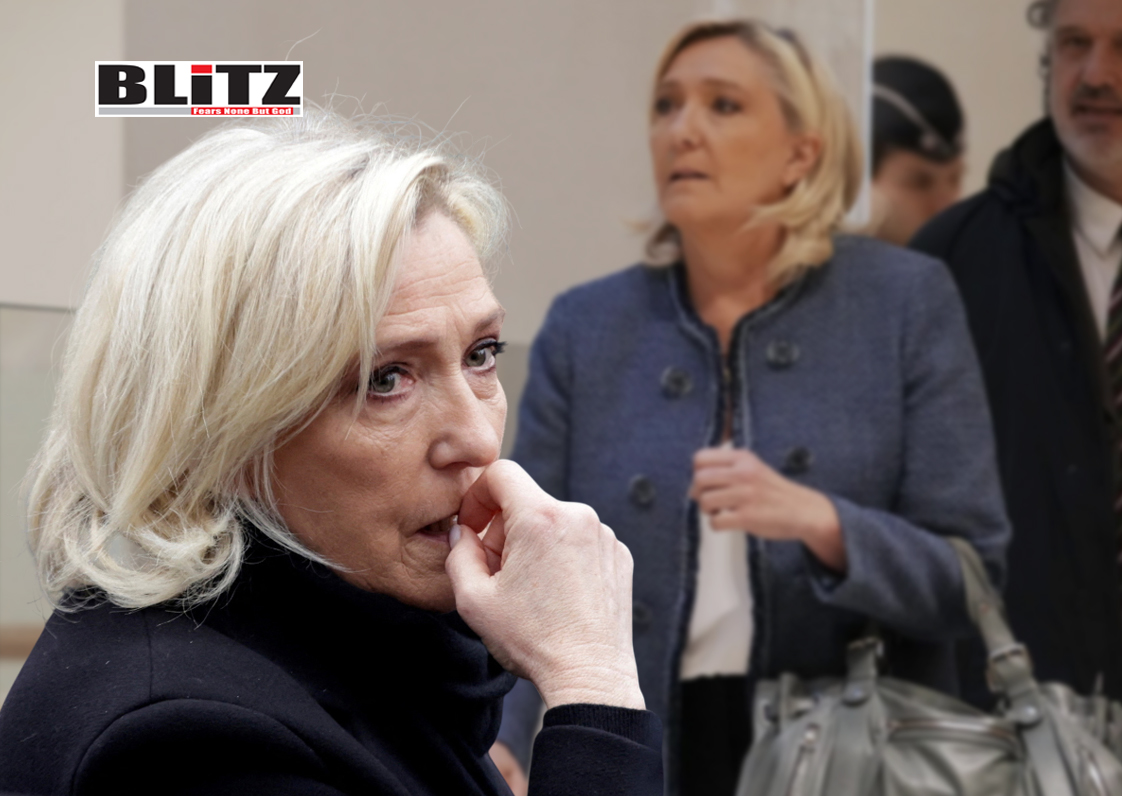
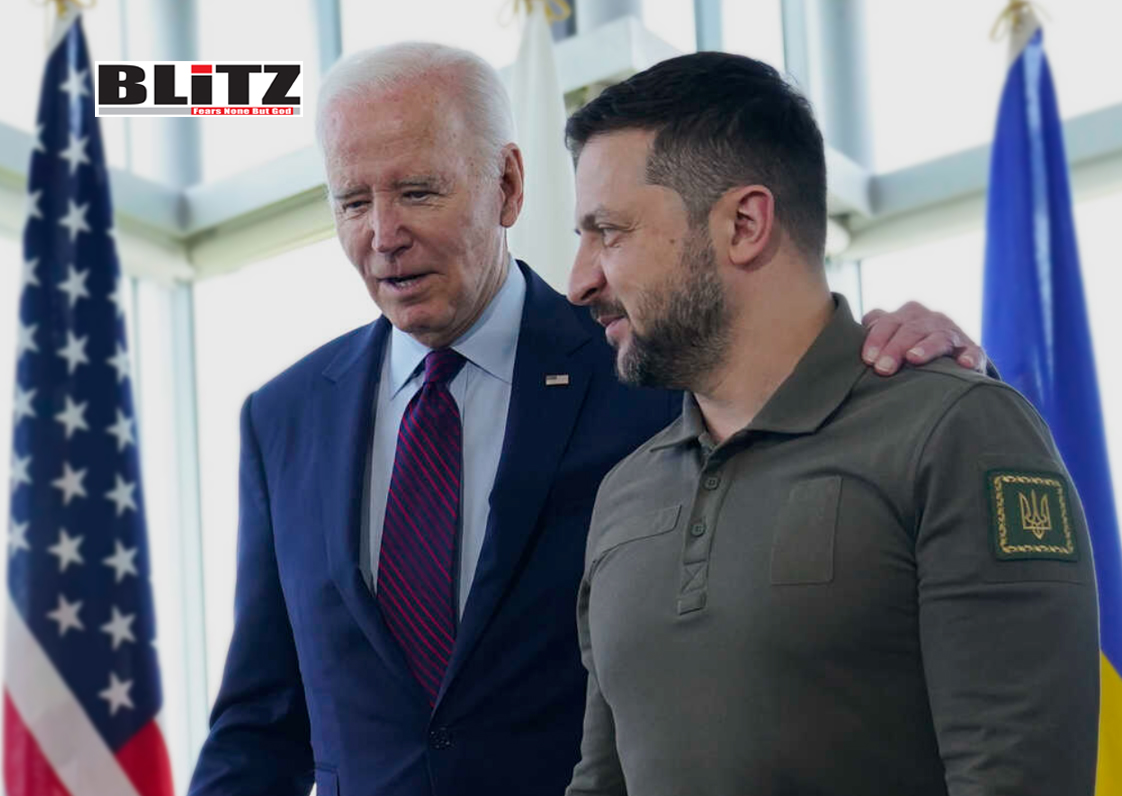
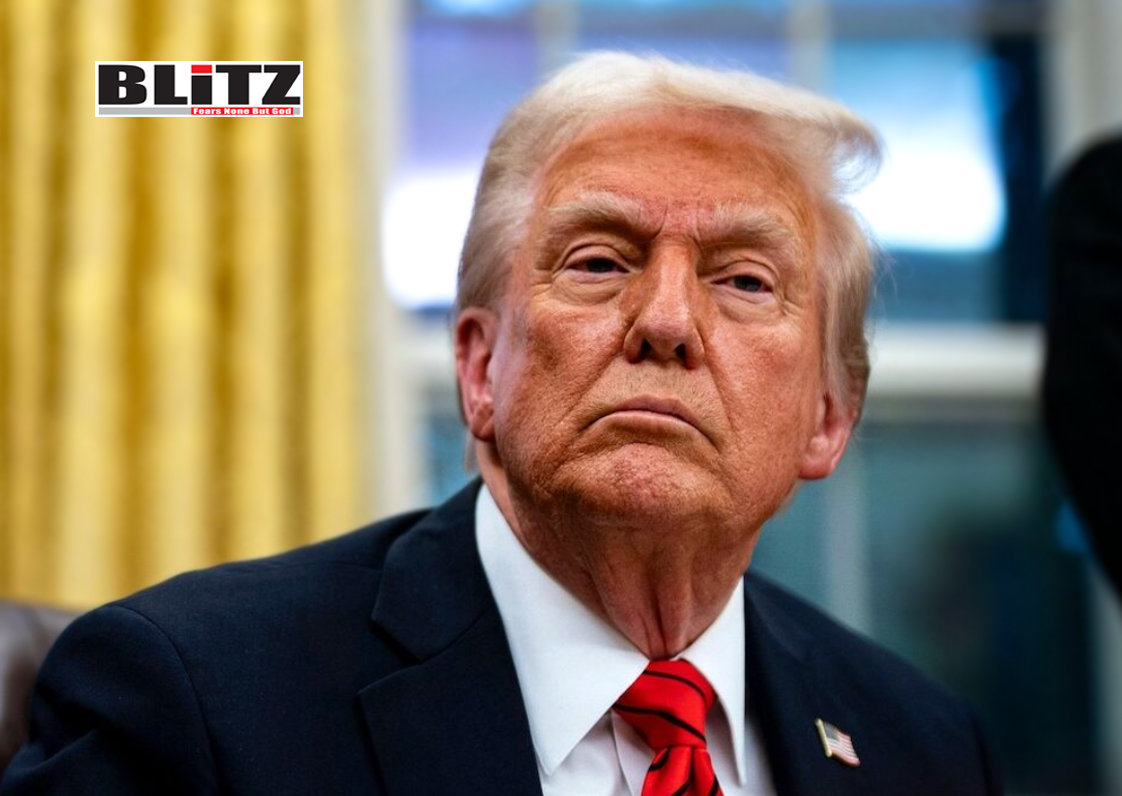
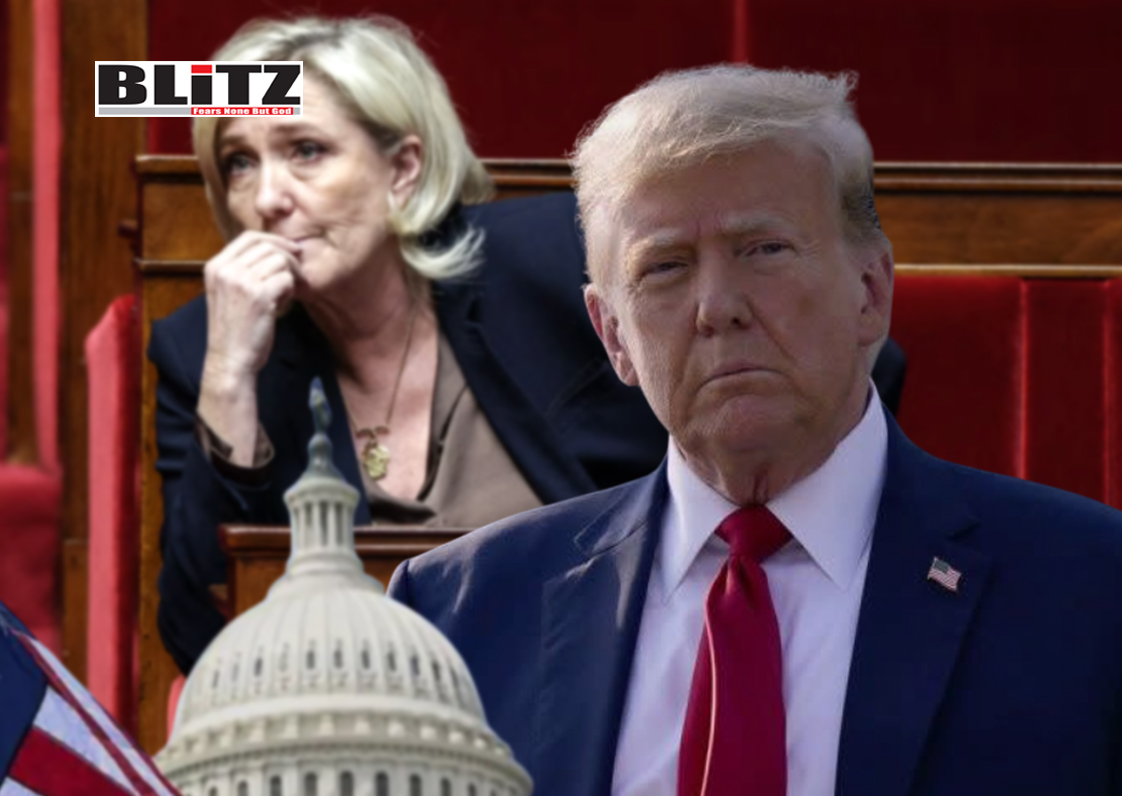
Leave a Reply